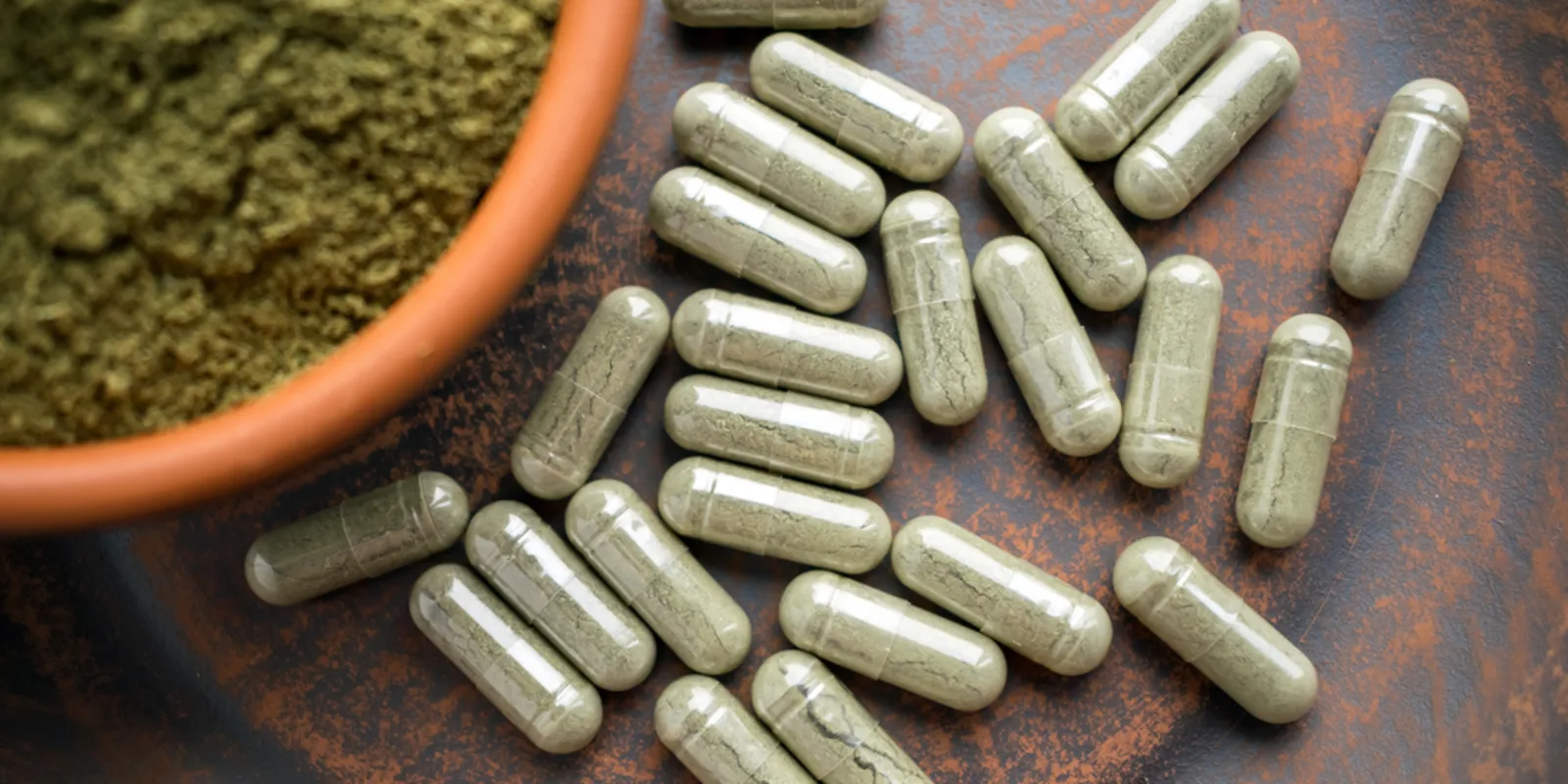The devastating effects of the opioid epidemic have resulted in a more prudent assessment of the risk calculus for the use of pharmaceuticals with addictive potential. This has left a large proportion of those individuals who had become dependent on these agents to turn to using illicit drugs to avoid the uncomfortable consequences of the withdrawal of opioids and limit painful conditions for which they had previously been prescribed.
One of the less known trends has been the rapid expansion of the use of a botanical with opioid-like properties known as Kratom.
Derived from an evergreen shrub related to the coffee plant and common to Southeast Asia, the leaves of this plant, Mitragyna Speciosa, have been used for hundreds of years by indigenous populations to increase stamina and reduce pain. It has been used more recently in Asian countries as a recreational drug and an analgesic. Coincident with the changes in opioid-prescribing practices in western societies, the use of Kratom has seen a dramatic rise in North America, as evidenced by surveys, measures of internet interest, and reports to poison control centers.
Additionally, there has been an increase in the academic study of the plant and its active ingredients, mitragynine and 7-hydroxy mitragynine, both of which are uniquely produced by the Kratom plant. Laboratory studies have confirmed reports from the many Kratom users of both opioid-like effects and stimulant effects associated with both Kratom preparations and the isolated active agents. These studies also have defined a dose-response relationship in which lower dosages (1–5 mg) have adrenergic stimulatory effects while higher doses have anxiolytic and opioid-like analgesic effects.
While several Asian countries have banned the use of Kratom because of concerns about its addictive potential and possible adverse effects, only a handful of jurisdictions in North America have banned or even regulated its use primarily because of strong advocacy from significant numbers of the voting public. It is therefore widely available for purchase in convenience stores or by internet sale. The American Kratom Association has estimated that between 10 and 16 million Americans are regular users of the substance. Surveys suggest these individual users are largely representative of the demographic characteristics of the country, although users are more likely to suffer from common mental and substance use disorders.
A recent survey of medical professionals who provide treatment for addictive disorders has revealed that they have encountered many individuals presenting with a dependent syndrome involving Kratom. Several reports document a clear withdrawal reaction upon cessation of use. It is also clear that tolerance of effects develops from chronic use of the substance. Our survey also concludes that most professionals treating individuals presenting with a dependence-line syndrome with Kratom use are responding to treatment with agents used regularly for management of opioid use disorder. This includes the use of buprenorphine and methadone to address both withdrawal and maintenance.
While the increased use of Kratom has been associated with increased reports of adverse reactions, reports of fatalities are limited to only 92 cases, many of which have occurred with the use of Kratom, along with other drugs of abuse and prescribed pharmaceuticals. There appears to be an increased risk for the development of hepatic disease associated with regular Kratom use. Effects on renal, cardiac, and endocrine function are less clear.
The takeaway points from this presentation include:
- The exact prevalence of Kratom use is unknown. However, clinicians are encountering more and more users, and it is associated in the West by users with positive effects on chronic pain and mood.
- Despite users claiming harm reduction and benefits, some users meet DSM-V criteria for a use disorder diagnosis.
- Kratom is a complex botanical, and its alkaloids interact with many receptor systems, including opioid receptors.
- There is a spectrum of adrenergic and opioid receptor involvement impacting each user, and withdrawal and maintenance treatment require individualized treatment.
- Clinicians should be aware of the possibility that patients may be using Kratom for self-treatment of chronic pain, anxiety, and depression or to deal with opioid addiction or withdrawal.
- Further study of the mitragynine and 7-hydroxymitragynine molecules appears to be warranted as candidates for future pharmaceutical development.
Image by Iryna Imago / Shutterstock



